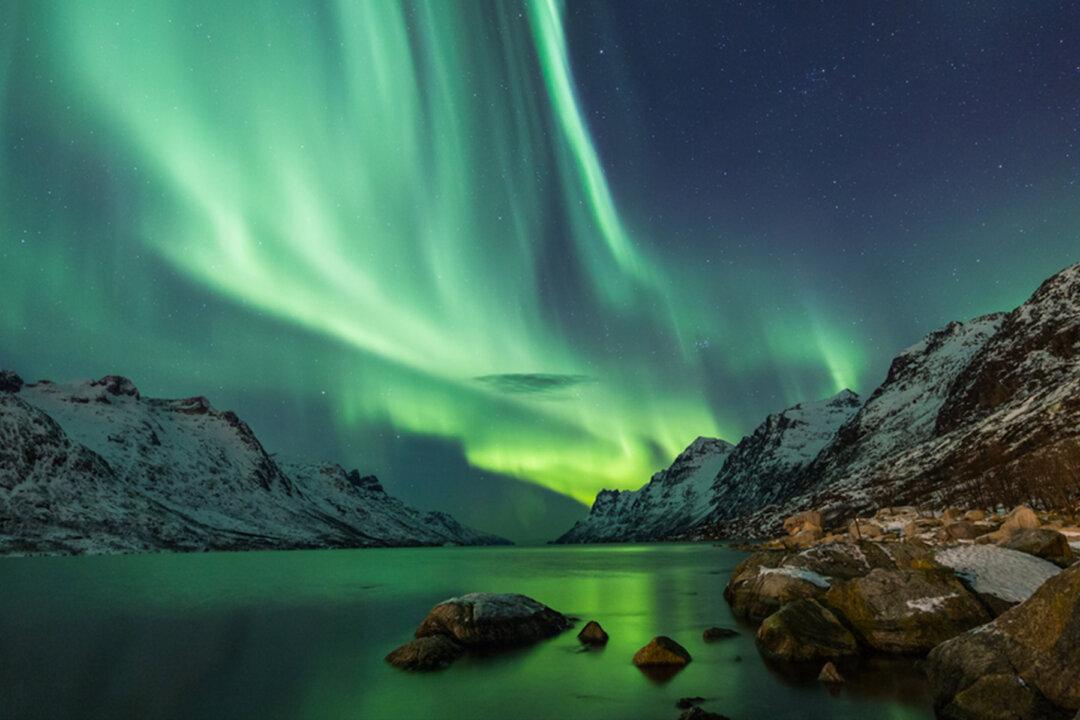Only stargazers who chase the Northern Lights or Aurora Borealis know what a treat it is for the eyes when the sky gets lit up in the shades of green, pink, yellow, blue, and more. But one photographer was even luckier, for what he got to witness was a different display in the form of a giant phoenix.
Hallgrimur P. Helgason, a photographer from Iceland, had been capturing the aurora lights dancing across the sky in Kaldársel for an hour one fine night in September 2015 when he spotted the lights taking the shape of a giant phoenix with its wings outstretched.




![‘Killing You Would Be the Same as Killing Ants’: Prisons Where Innocent Citizens Are Tortured [PHOTOS]](/_next/image?url=https%3A%2F%2Fimg.theepochtimes.com%2Fassets%2Fuploads%2F2023%2F12%2F09%2Fid5544114-Falun-DaFa-practitioner-1080x720.jpg&w=1200&q=75)